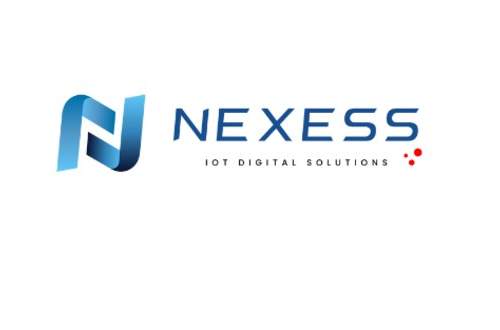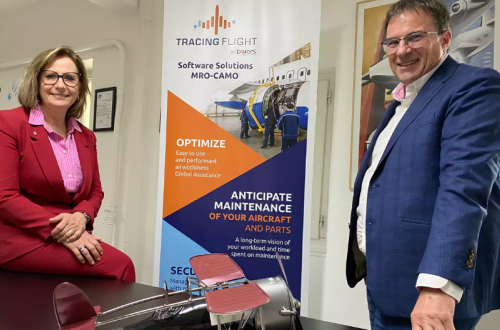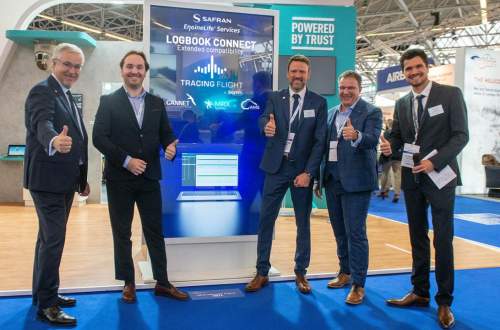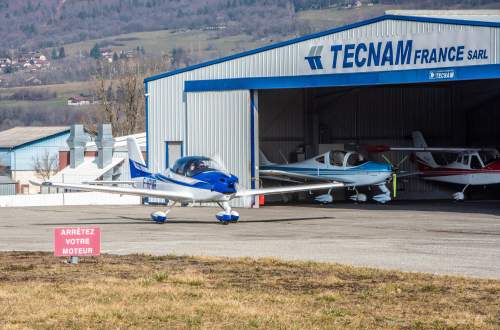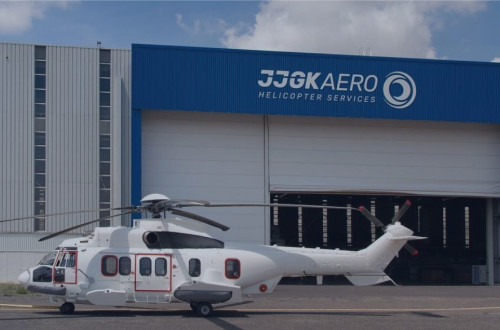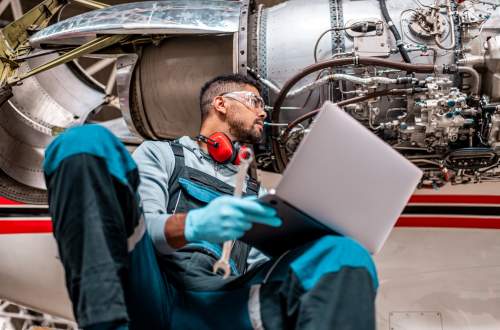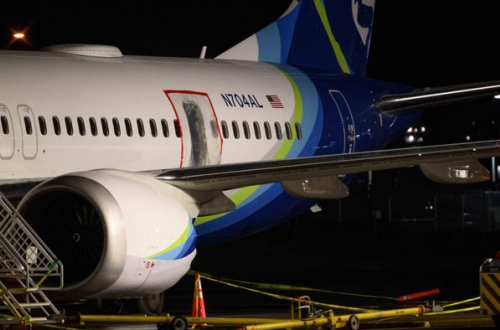CAMO and MRO activities
22 Mai 2024
Strategies for Challenges 2024
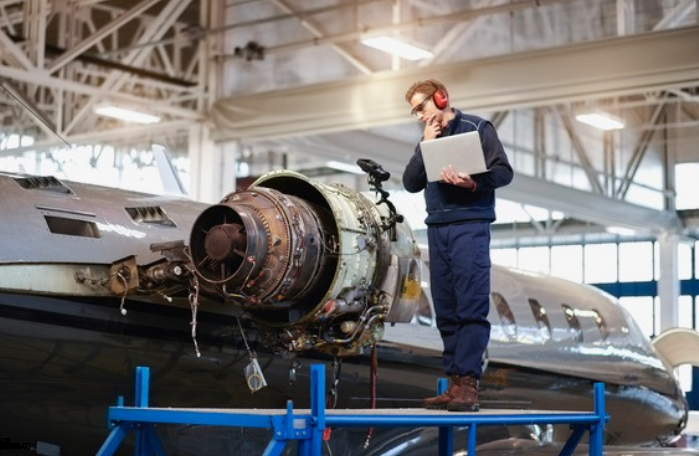
(Reading 2 mn)
In 2024, the activities of CAMO and MRO are facing an unprecedented operational context.
Between the rapid evolution of civil aviation regulations, an aeronautical activity evolving in a gripped global economy, a geopolitical context under tension, and increasingly complex customer demands, actors operating in these sectors must adapt quickly and adopt unprecedented agility to remain competitive and compliant.
Finding solutions to respond to this activity under pressure is becoming vital and urgent.
1. Increased regulatory pressures
Civil aviation regulations are constantly evolving to ensure flight safety. In 2024, these regulations can be particularly restrictive due to the need to take into account new emerging risks and adapt security protocols. As a result, CAMO and MRO are facing increasingly stringent regulatory requirements. Non-compliance with these regulations can result in significant fines and business interruptions.
Regulatory compliance requirements for CAMO and MRO activities vary by civil aviation authorities in each country. In general, they include strict safety standards, documented maintenance procedures, staff qualifications, regular audits and compliance reports. The standards are defined by bodies such as the EASA (European Aviation Safety Agency) or the FAA (Federal Aviation Administration).
In France in 2024, the regulatory requirements for CAMO and MRO activities are governed by the European Aviation Safety Agency (EASA) as well as the French Directorate General of Civil Aviation (DGAC). This includes compliance with EASA regulations, such as Regulation (EU) 1321/2014 for maintenance operations, as well as specific national requirements as defined by the DGAC.
2. Transition to more advanced aircraft and increasing operational complexity
The aviation industry is constantly evolving, with the introduction of aircraft with innovative technologies. These are additional challenges in terms of maintenance and staff training, requiring significant adjustments in the operations of the CAMO and MRO workshops.
CAMO and MRO companies must manage an increasing volume of data and documents, while ensuring complete traceability of maintenance activities. This increased complexity requires effective tools and processes to ensure regulatory compliance and flight safety.
3. Economic and competitive pressures
In addition to regulatory and operational challenges, CAMO and MRO are facing increasing economic pressures. Competition is intense, profit margins thin. In this context, it is essential for companies to find ways to optimize their operations and reduce their costs without compromising the security or quality of services.
4. Increasing customer demands
Airlines and aircraft operators are increasingly demanding maintenance services in terms of quality, cost and time. They are looking for reliable partners who can provide innovative, flexible and customized solutions to meet their specific needs.
So what strategies can be useful in addressing these daunting challenges?
1. Process Optimization
This involves carefully examining each step of the maintenance process to identify inefficiencies and friction points. By eliminating unnecessary steps, automating repetitive tasks and simplifying workflows, downtime and associated costs can be reduced.
2. Proactive Maintenance Management
It involves taking a proactive approach to aircraft maintenance using real-time monitoring solutions and predictive analytics to detect potential problems before they become major failures. This allows maintenance to be planned more efficiently, avoiding unplanned downtime and reducing repair costs.
3. Effective Inventory Management
By optimizing inventory management, identifying the most critical parts and equipment, By eliminating excess inventory and implementing just-in-time replenishment practices, it is possible to reduce storage and over-storage costs while ensuring the availability of necessary parts.
4. Maintenance Personnel Training
Investing in training and staff development to improve their skills and effectiveness is also essential in a labour market context. Well-trained personnel are able to work more efficiently, reduce errors and optimize maintenance operations, resulting in lower overall costs.
5. Use of specific software solutions for CAMO and MRO
Adopting specialized software solutions such as those offered by Tracing Flight is a performance accelerator to streamline processes, improve document management, ensure regulatory compliance and optimize maintenance operations. These solutions reduce administrative costs, minimize human error and improve overall business productivity.
6. Selective outsourcing
Carefully consider tasks and processes that could be outsourced to third-party service providers, including those that require specialized skills or expensive equipment. This reduces fixed costs and optimizes internal resources for higher value-added tasks.
By combining these different strategies and taking a holistic approach to cost management, CAMO and MRO can successfully reduce costs while maintaining high standards of quality, safety and regulatory compliance.
Contact us, our teams specialized in the design of interconnected business software solutions such as Tracing Nav, Tracing Line and Tracing Docs will be happy to discuss your needs. We advise and support you to boost your performance and competitiveness. Particularly attentive to the acceleration of these changes, our Tracing Flight teams offer scalable solutions, essential allies to meet current challenges.



